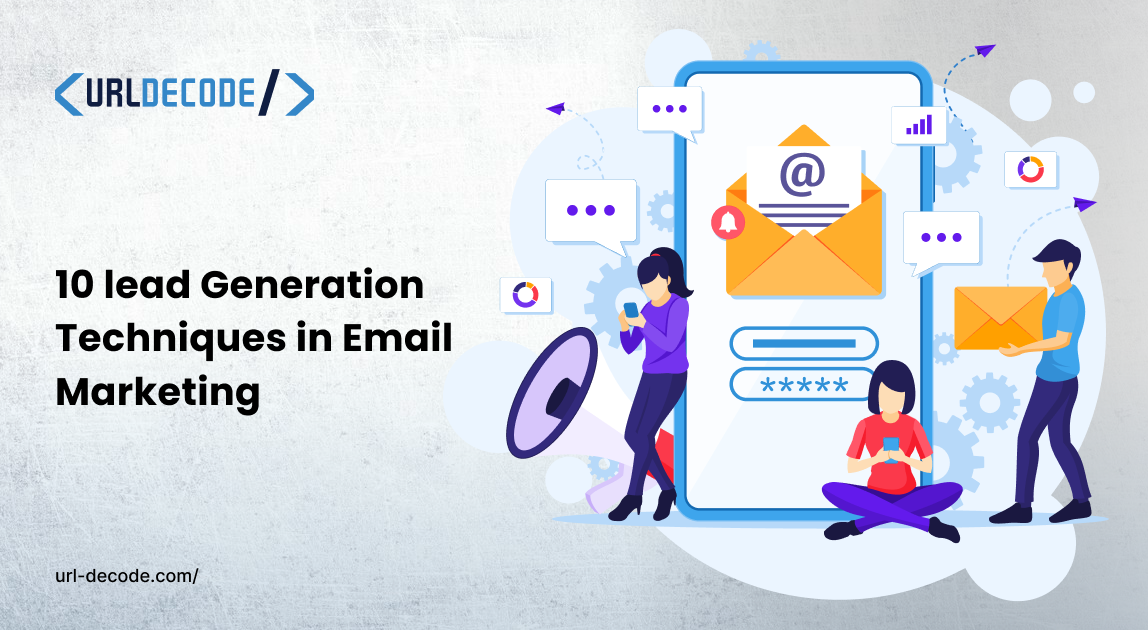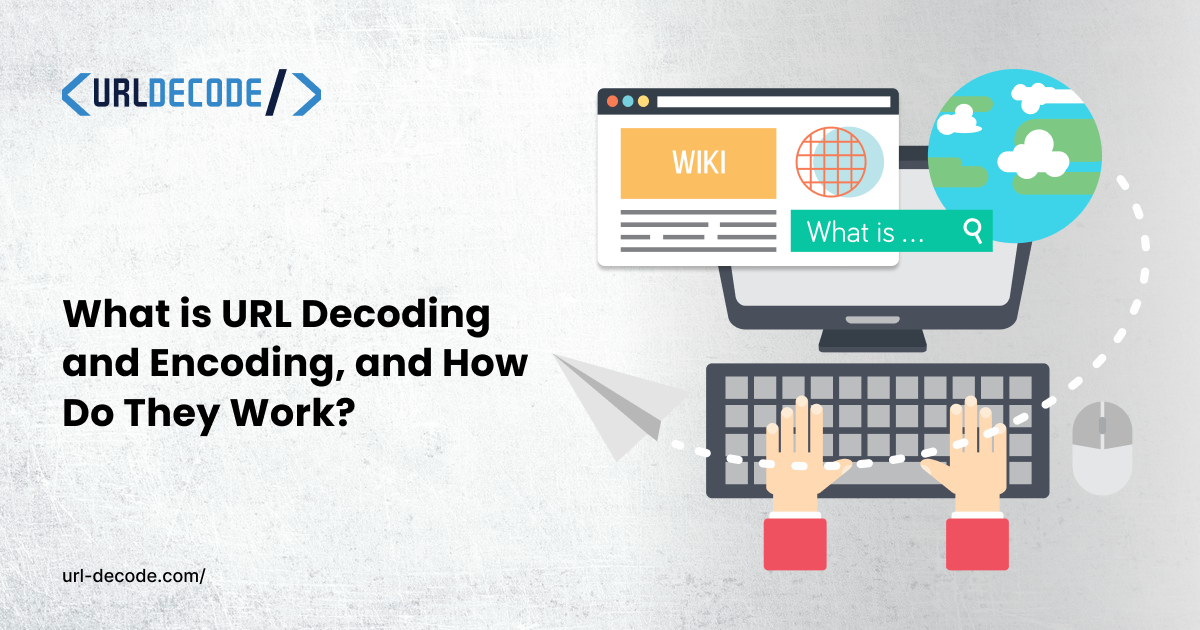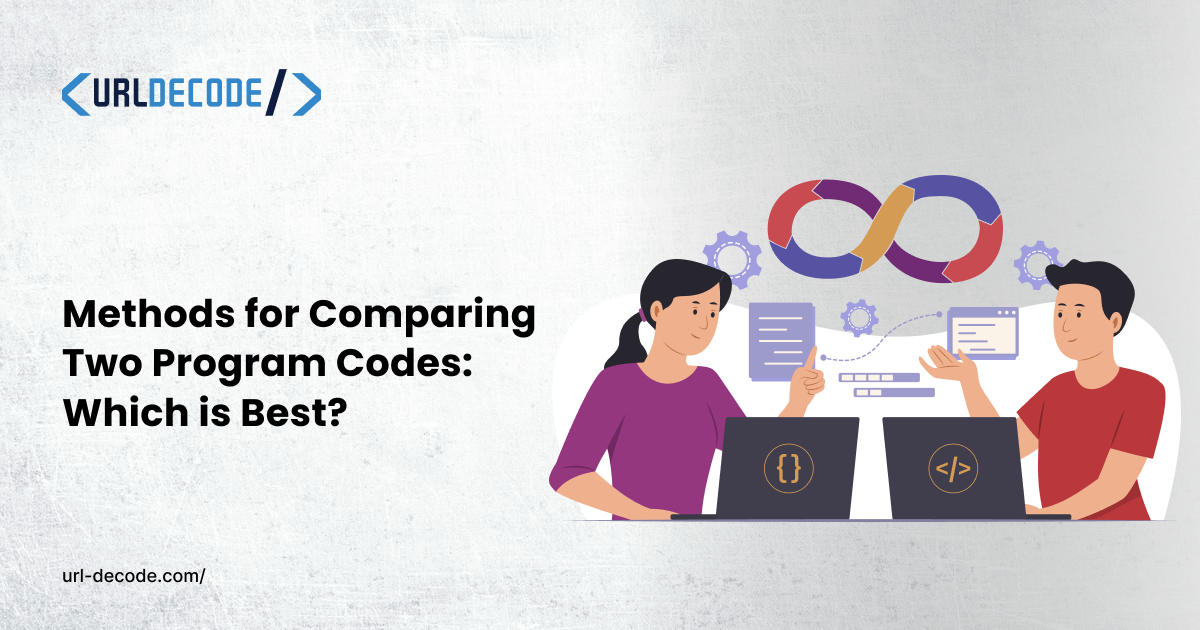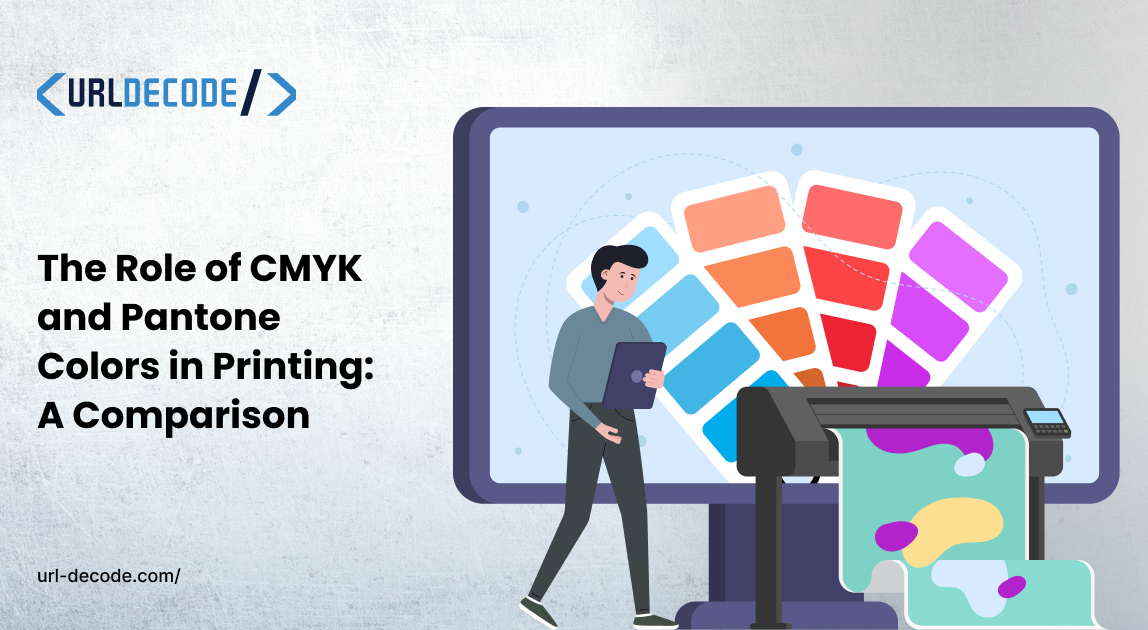10 lead Generation Techniques in Email Marketing

Email marketing is one of the best digital marketing techniques used today. Today, 4.5 billion people use email. That’s a massive market, and it is in a marketer's best interests to make use of it.
That’s why we have compiled a list of techniques that can help you generate leads with email marketing. Let’s check them out.
1. Create Mailing Lists Manually

An email mailing list consists of the email addresses of interested prospects. Except that’s not entirely true. There are many ways of creating email lists. You can create them using your own platforms using opt-in sign-ups. You can also buy a list from data brokers and sellers.
The latter has the benefit of providing you with many contacts all at once. However, it has a lot of caveats, too. For example, you cannot guarantee that all the people on that list even want to receive emails from you. You also cannot know if all of them are real people or not. The list might even contain dead accounts that no longer work.
Sending emails to such accounts guarantees that you get no engagement. Internet service providers notice that and penalize your email-sending domain. What happens is that your sender's reputation tanks, and your emails start going to the spam folder. This means that nobody sees them, and you get no conversions.
Manual lists, on the other hand, comprise a small number of interested recipients. These are the virtual addresses you get from people who visit your platforms and opt-in to receive marketing emails. As such, they are more likely to read them and possibly convert.
2. Segment Your Audience

Audience segmentation is a core marketing tactic in 2025. You can use the same approach to dazzle all of your prospective customers. You need to add a moderate level of personalization to ensure that they actively engage with your emails.
People don’t respond well to generic correspondence. It gives off an air of indifference, and customers don’t respond well to that, which is exactly why you need some personalization.
To personalize the emails, you have to create segments of your audience based on factors such as the following.
- Age group
- Region
- Gender
- Likes/dislikes
- Buying preferences and behavior
And other stuff like that, which you can use to create a profile. You don’t need to be hyper-specific and profile each and every one of your customers. You just need to create groups that more or less exhibit the same behavior.
Then, you create different types of emails for different groups, tailoring your approach to maximize the chances of conversions happening.
3. Create Engaging Subject Lines

The subject line of an email is perhaps the most important part of your email marketing campaign. When you send an email, the first thing that the recipient sees is the subject line.
It's quite similar to the headline in a news bulletin or the title of a blog post. The point is that it needs to be interesting and engaging. The reader must become curious to see what the rest of the email has to say.
If your subject line is bland and fails to communicate the email’s purpose, then chances are the email will be ignored and never opened. That’s bad for lead generation.
Cold emails for lead generation require outstanding subject lines the most. Due to the proliferation of email scams, people are very skeptical of unknown emails. So, your subject line should not look like it is clickbait, and it should not give any false expectations.
So, to reiterate, a good subject line for generating leads is:
- Truthful
- Not clickbait
- Provides information that compels the reader to open the email
- Short and concise.
If you can manage all that, you will be fine. For more insights into creating impactful subject lines and boosting engagement, you can check out this detailed GetResponse Review to see how their tools handle it effectively.
4. Write Informative Body Content

After the subject line has done its job, the next part is the body of the email. This is your main email content where you have razzle and dazzle your prospective customer. This is where the lead generation happens.
So, the most important thing for email body content is to be truthful and informative. It should provide the reader with all the details they need so that they can make a decision.
The email content can be in the form of plain text, images, videos, or a combination of all three. Whichever medium works for you, you can use it; however, it must be understandable and leave no room for confusion.
You should hire a good content writer to write these emails. Writers are great at using a conversational tone in their work. A conversational tone makes it easier for your audience to engage with your content. You might also rely on a tool like an Instagram post generator for visuals, but not for your email copy.
Writers are also able to write engaging and compelling content that leads to conversions. Avoid AI-created content because that can put off some readers and lose you leads.
5. Add Compelling CTAs

CTA stands for “Call to Action.” They are the life of any marketing campaign. They are what drive your customers to actually hit those links and convert. In fact, according to research, CTAs improve the conversion rate by 161%.
So, of course, your emails require them too. No matter what kind of email you send to a customer, a CTA needs to be included. The thing is that people don’t actually realize what they need, or they don’t feel the need to do it unless you specifically tell them.
With CTAs, you tell your customers what action you want them to take. Since they know what they need to do, chances are they will do it. So, if your email was sent to encourage the recipient to buy something, for example, promote stylish bags with exclusive offers, then your CTA should look something like this:
“Click this link to get a 10% discount on your next purchase.”
As you can see, there is a very clear instruction to click a link instead of something vague like “shop now.” So, add clear, concise, and compelling CTAs to increase leads from your emails.
6. Offer Gated Content

Gated content is a great way to generate leads. People love to feel like they belong in some kind of exclusive club. You can offer them that feeling by providing gated content.
Gated content is only accessible to people if they fulfill some condition to access it. Typically, it involves paying for a subscription. However, you can be creative with it. To start with, offer some content just for signing up. Then, you can offer different levels of gated content that involve money.
So, how do emails come into play here? Well, emails are the best way to make your clients aware of gated content as well as provide them with that content.
7. Ensure Emails Are Clean and Concise

Emails do not benefit from large, wordy content like blog posts do. They are primarily a means of communication rather than teaching. So you have to approach them in a different manner.
Typically, people have a lot of emails to read at once. So, they are in a rush to deal with all of them. You have to facilitate them and ensure that your email content is as concise as possible without leaving out crucial details.
If your content consists of images or videos, then ensure that they are clean and all the relevant details pop out. Unblur images to improve clarity and make your visuals more engaging. Clear, sharp images help convey your message effectively and maintain a professional appearance.
To go a step further, consider using a tool like Email Debugger before sending out your campaigns. Email Debugger helps identify formatting issues, broken links, missing images, or any other rendering problems that might affect how your email appears to different recipients. You can also add scannable elements using Tools like Uniqode's QR code Generator to direct recipients to landing pages, forms, or exclusive offers with just one scan. This ensures your emails not only look professional but also function perfectly across devices and email clients. This ensures your emails not only look professional but also function perfectly across devices and email clients.
To make your email cleaner and more concise, you can do the following:
- Separate paragraphs
- Use bullet points
- Bold any keywords or points
This allows readers to skim through your email and understand its contents.
8. Follow-Up On Engagements

If a recipient replies to your email or takes an action mandated by its CTA, it means they are ready to become a lead. However, not all such leads pan out. Some of these leads may wither if you don’t take proper care.
What does that mean? This means you have to reach out promptly to any recipient who has interacted with your emails. Most of the time, the consumer is asking for more information. If you provide it quickly, then customers will notice that you are quick to serve.
However, even then, there is a chance that they won’t actually convert to a lead because you don’t offer what they want. Some flexibility here will go a long way.
For example, if you are an ISP and you want more people to sign up for your services, then some custom packages and pricing will help a lot. Of course, you should provide that information via email and put a reasonable time limit on it.
9. Utilize A/B Testing to See What Works

A/B testing refers to using different approaches at the same time and seeing which one performs better. In email marketing, A/B testing refers to using different types of emails sent to the same segment of an audience.
You experiment with email content, subject lines, and sending frequency, and gauge which combo works better for the same group. This way, you choose the better-performing option for generating leads.
That’s all there is to it. Just don’t focus on irrelevant KPIs (key performance indicators) when measuring performance. Your primary KPI should be leads generated, email open rate, and engagement rate.
10. Provide Incentives for Referrals

One organic way of generating more leads via email marketing is to ask your current customers to refer more customers. Of course, you can’t do that for free, so provide some incentives.
Common incentives you can use are:
- A flat discount on purchases for each successful referral
- A freebie of some sort. For example, SaaS platforms could provide access to a higher-tier service for a limited time.
- Monetary rewards.
To track referrals, you can provide customers with their own special link, or you can provide them with a code specific to them. The number of people who sign up using that link or code is the number of referrals by that customer.
This method of lead generation techniques works because people are more likely to trust someone they know than a faceless corporation. So, try this approach to get more leads.
Conclusion
So, there you have it, the 10 lead generation techniques for email marketing. By applying these techniques, you can create more leads and even convert them. So, don’t sleep on them; start applying them to your email marketing campaign using well-crafted email templates that resonate with your audience.




